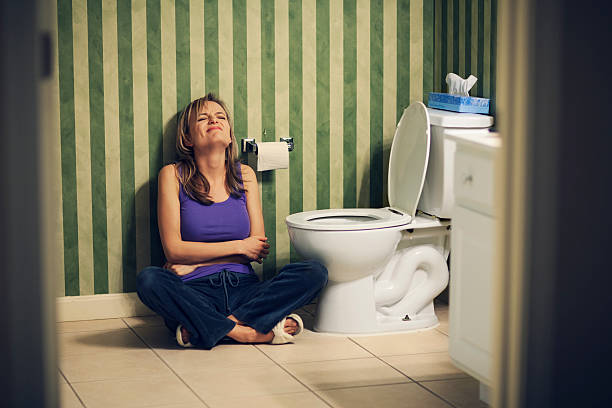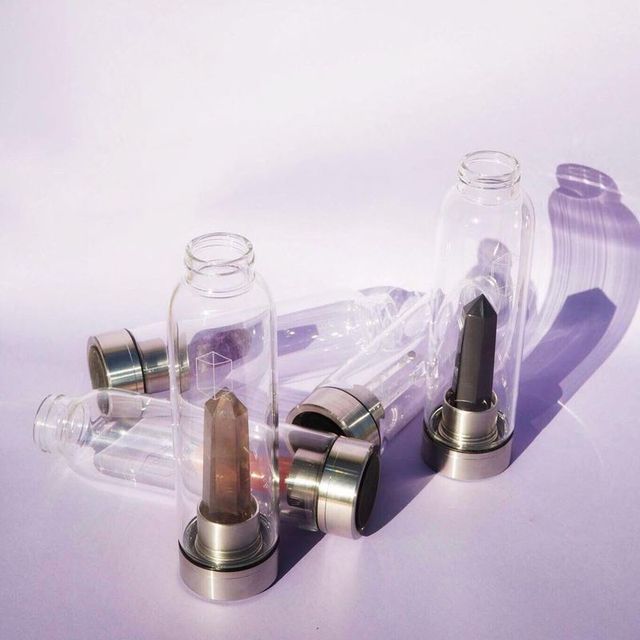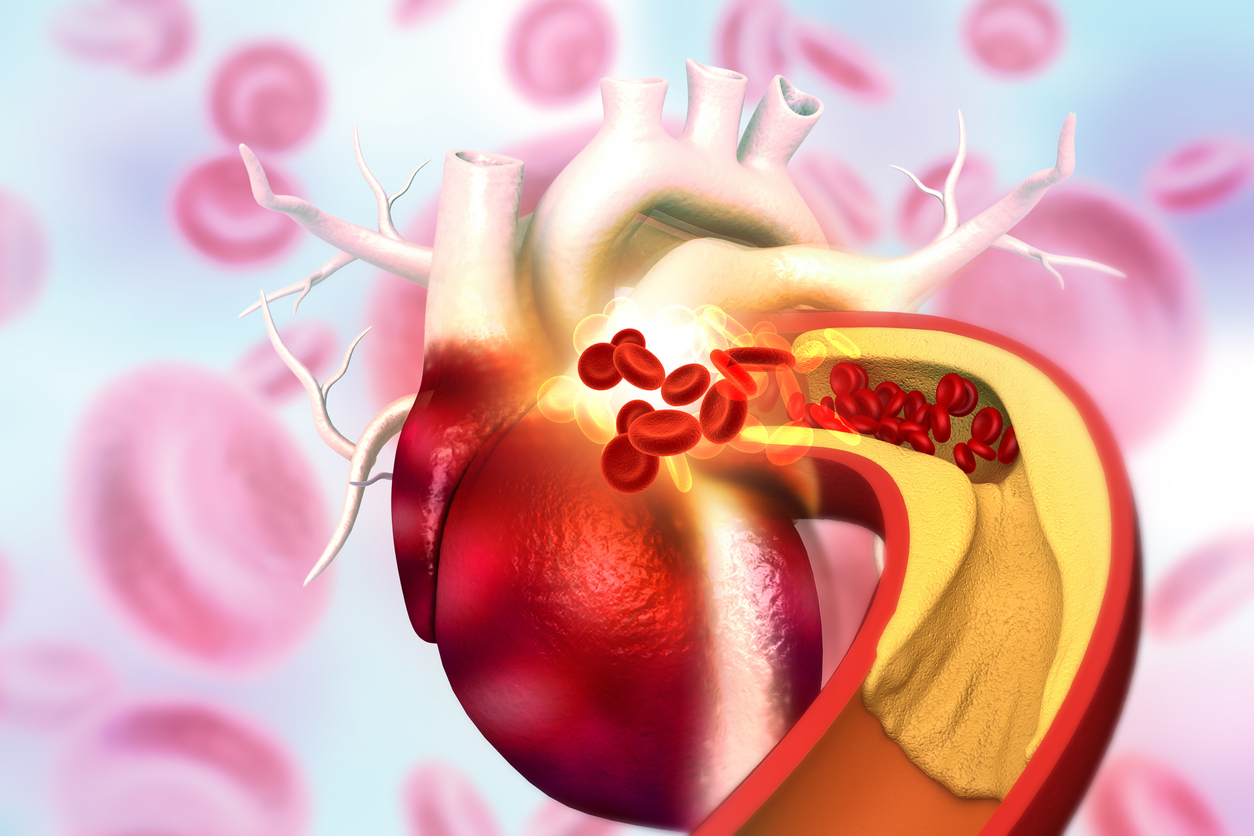Digestion issues plagued many people for most of their lives and it is increasingly becoming difficult to treat constipation completely. One of the significant risk factors for constipation is indolence or inactivity. People with constipation are likely to experience sleepless nights with endless antacids popping into their mouths, making them feel bloating. But specific exercises can help improve digestion, reduce inflammation, and improve regular bowel movements. Read on to know about the five best ways to treat your constipation.
How does constipation occur?
Different people have different perspectives on constipation. For some, stools at an irregular time mean constipation, while for some, it is the evacuation of hard stool. Whatever may be the problem, the most common reason for the cause of constipation is undoubtedly our unhealthy lifestyle. Inappropriate work hours, increased intake of junk food, and less time for rest make us inactive and harm our bodies in a way, which we don’t generally notice. Also, less water intake causes dehydration, and a diet with low green leafy vegetables and fresh fruits, especially food low in fibre content, causes constipation.
Six best ways to treat your constipation
1. Yoga
Adopting yoga in your daily life can significantly help. And the good news is that before the stomach disorder aggravates, we can take preventive measures through the regular practice of yoga and keep constipation at bay. Irregular and infrequent bowel movements strain and cause bloating of the stomach. If you ignore the problem, it may lead to hazardous pelvic diseases.
Since most yoga postures include pelvic movement, they can help alleviate hard stool problems. Some postures include mayurasana, ardhamatseyandrasana, halasana, pavanmuktasana, and Baddha konasana. These postures help stretch the abdominal region and stimulate organs, thereby helping relieve gas formation and cramping. So the next time you are in a class, do not shy away when you fart out; instead, feel relieved that the GI tract is improving.
2. Walking
Simply moving around and engaging in an activity can help reduce hard stool passing. One of the best exercises to treat constipation is a 15-20 min brisk walk daily. If you are already healthy, you can opt for aerobic exercise: running, jogging, swimming, or swing dancing; stretching can help reduce constipation similar to certain yoga positions. If walking doesn’t interest you, try yoga. Yoga experts believe that specific breathing exercises and yoga postures aid digestion and increase the strength of GI tract muscles, thereby relieving constipation.
3. Breathing
There are numerous reasons we have issues processing our nourishment, yet frequently it’s an indication that the sensory system is stressed. Breathing activities unwind the central sensory system, which quiets the body and helps digestion. Researchers propose utilizing a breath control technique that can treat constipation. A simple, powerful practice is working at night and stretching the breath. Locate a comfortable position, close your eyes and get to be mindful of your breath as you match the length of breaths in with the size of breaths out. It is good, to begin with, a five-count, and after that, eventually, count the number of breaths.
4. Ayurvedic remedies
Ayurvedic remedies to treat constipation could be highly useful. Constipation is classified as a Vata disorder in Ayurveda because the vatic doshas are supposed to balance the movement and elimination of waste particles from the body. The cold, dry, and hard qualities of the Vata doshas disrupt and impair colon function. The various conditions that aggravate this dosha are unhealthy foods, cold weather, stress, hormonal irregularities, alcohol consumption, smoking, certain medications, and even dehydration.
Gandharvahastadi Kwath is an ayurvedic medication that has raw ingredients like ginger and castor, which help in the removal of toxins in your body and cleansing of the colon. This eventually helps with the loosening of the stool, making it easier to pass faecal matter.
Triphala as a herb is a wonderful laxative. It helps to treat constipation and various gastric issues. Take 1-2 Triphala tablets daily, after food for best results.
Balakalpam Syrup can help treat constipation in your child. It also strengthens immunity and helps to grow healthy kids.
5. Working on your posture
In schools, we often hear teachers saying children to stand up straight and keep their jaws tucked. This posture can help break down food by creating more space for the digestive organs to work efficiently. Studies prove that lifting the head, or adopting a bed-up position, diminishes the recurrence of reflux or indigestion. Study shows that considering your right side can exasperate acid reflux while lying to your left side.
6. Aerobic exercises
Hard, dry stools are harder to pass. Doing aerobic exercise accelerates your breathing and heart rate. These exercises build the bloodstream to our organs and convey more blood to the gastrointestinal tract resulting in more grounded intestinal contractions and more digestive enzymes. Aerobic activity can incorporate swimming, running, biking, and other similar exercises, which help to stimulate the contraction of intestinal muscles and help move stools out quickly.
Mainly, exercises improving the pelvic floor treat constipation by reducing the time it takes food to travel via the intestine, thus constraining the measure of water retained from the stool into the body. In addition, aerobic exercise or oxygen-consuming activities enhance your breathing and heart rate, thereby increasing the strength of the colon walls.
When is the Best Time to exercise?
Hold up an hour after a significant dinner before taking part in any particular physical activity. After eating, the bloodstream propels towards the stomach and intestine to offer the body some assistance with digesting the food. However, on the off chance when you practice exercises immediately after eating, the blood passes toward the heart and muscles and away from the digestive tract.
Since the quality of the gut’s muscle constrictions directly relates to the amount of blood streaming in the region, less blood in the GI tract implies weaker intestinal compressions, fewer digestive enzymes, and the food waste moving slowly through the digestive system. It can eventually trigger bloating, an overabundance of gas, and clogging. So after a big meal, allow your body to process it before you exercise.





One thought on “6 best ways to treat constipation”